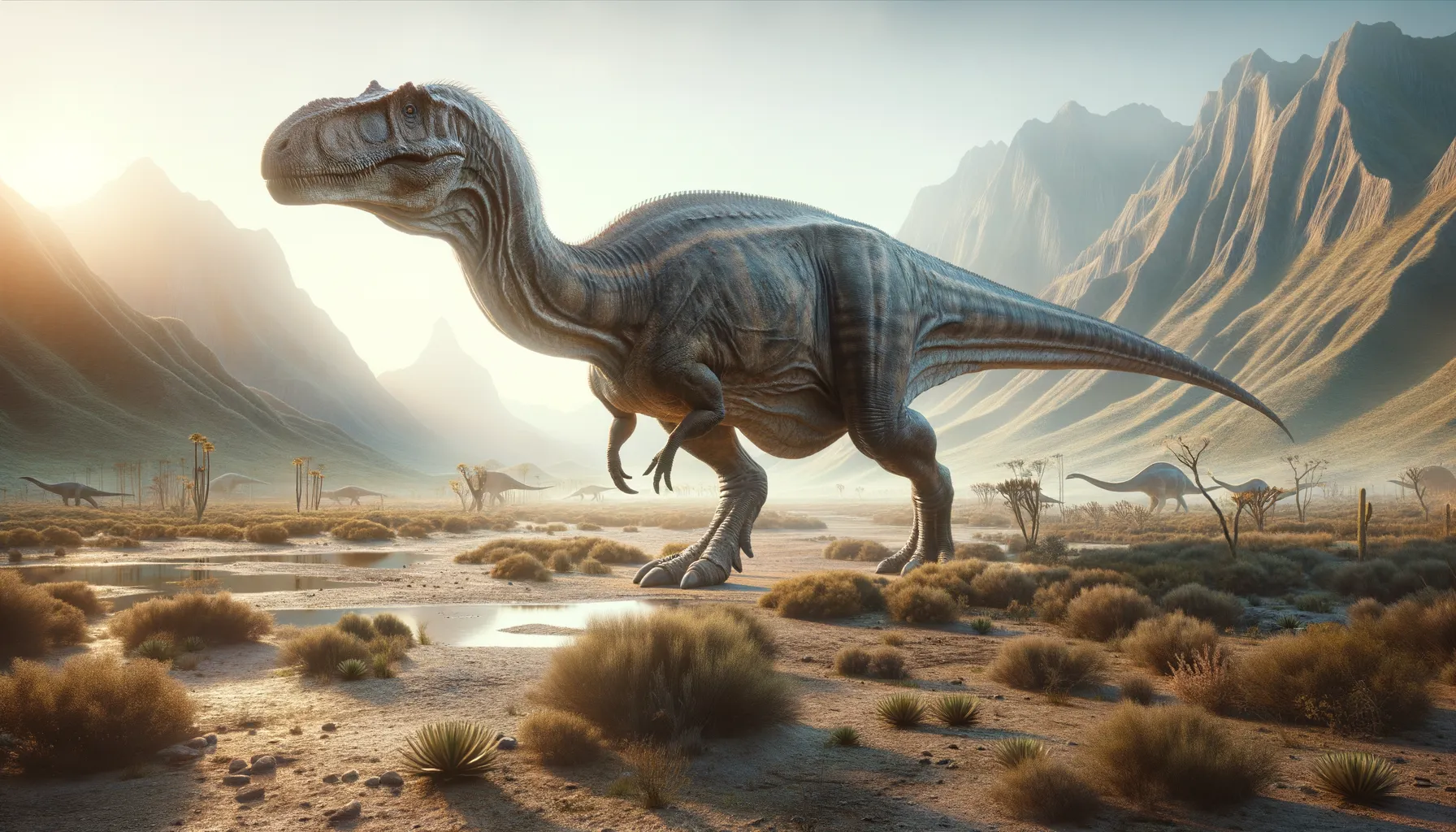
Huaxiaosaurus
A giant among the Cretaceous giants!
Period
Cretaceous
Length
Approximately 30 meters long.
Height
Estimated to stand around 7 meters tall.
Weight
Estimated to weigh around 28,000 kilograms.
Huaxiaosaurus was a colossal herbivorous dinosaur from the Late Cretaceous period, notable for its remarkable size, which rivals some of the largest known dinosaurs. Discovered in northeastern China, this species belongs to the Hadrosauridae family, known for their duck-billed appearance. Its impressive stature suggests that it had relatively few predators, allowing it to roam vast prehistoric landscapes. The study of its fossils provides valuable insights into the diversity and adaptation of hadrosaurids.
Diet
Huaxiaosaurus was a herbivore, predominantly feeding on the abundant plant life of the Cretaceous period. Its diet would have included leaves, seeds, and possibly even small fruit-bearing plants, aiding in maintaining its massive size.
Hunting
Being a herbivore, Huaxiaosaurus did not engage in traditional hunting behaviors. Its primary focus was on foraging and grazing vast quantities of vegetation to sustain itself.
Environmental challenges
During its lifetime, Huaxiaosaurus would have faced challenges such as climate fluctuations and changes in vegetation, which could affect food availability. It also shared its habitat with other large herbivores, leading to potential competition for resources. Predators like theropods, although a danger, were less likely to attack due to its size and herd behavior.
Speed
Relatively slow moving due to its vast size.
Lifespan
Estimated to be around 70 to 80 years.
First discovery
First discovered in China in 2014.
Fun Facts
- Huaxiaosaurus is one of the largest known dinosaur species, belonging to the hadrosaur family.
- This dinosaur lived during the Late Cretaceous period, which was about 70 million years ago.
- Huaxiaosaurus means 'China lizard,' as it was discovered in what is now modern-day China.
- It was a herbivore, spending its days munching on leaves and other plant material.
- Huaxiaosaurus had a distinctive crest on its head, which might have been used for communication or attracting mates.
- Fossils of Huaxiaosaurus suggest it could walk on both two legs and four, giving it flexibility in movement.
- The discovery of Huaxiaosaurus has helped scientists learn more about the diversity of dinosaur species in Asia.
Growth and Development
Huaxiaosaurus grew rapidly, especially during its early years, reaching significant sizes that deterred most predators. Like many large dinosaurs, it experienced a period of accelerated growth before gradually slowing down as it reached maturity. Understanding the growth patterns of Huaxiaosaurus aids in comprehending the life strategies of large herbivorous dinosaurs.
Habitat
Huaxiaosaurus inhabited lush floodplain environments that were rich in plant life, providing ample feeding grounds. These vast, open areas supported herds of herbivores, which Huaxiaosaurus likely moved through in search of food. Its habitat consisted of a mix of woodlands and open fields, suited to a range of plant-based diets.
Interaction with other species
Huaxiaosaurus likely interacted with other herbivorous dinosaurs, sharing these resources while competing for food. Its size may have provided an advantage among other species, acting as a deterrent to predators. Fossil evidence suggests that it may have traveled in herds, enhancing its survival through collective movement and protection.
Natural lifespan
Huaxiaosaurus likely had a natural lifespan of up to several decades.
Reproduction
Like other dinosaurs, Huaxiaosaurus reproduced by laying eggs, likely in secure and concealed nests to protect from predation. It is believed the species might have had complex parental care systems, common among hadrosaurids, to ensure offspring reached maturity. Breeding likely involved seasonal patterns dictating birthing times.
Social behaviour
Huaxiaosaurus is thought to have been a social animal, traveling in groups which offered protection against predators and facilitated breeding. Herds could have been structured around complex social hierarchies, ensuring successful foraging and safety. Social interactions likely involved vocal communications and displays enabled by its cranial features.
Fossil locations
The primary fossil discovery site for Huaxiaosaurus is located in northeastern China, highlighting its native habitat. The region's fossils provide crucial data about the dinosaur's existence and support further study into the area's vast paleontological history. Continued excavations in these areas might unveil additional information about the species and its contemporaries.
